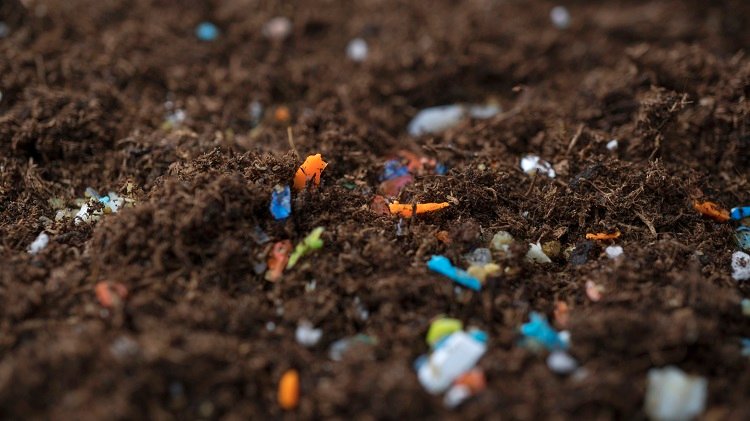
In an unexpected twist that has sent ripples through the archaeological community, researchers have unearthed microplastics in ancient soil samples, unveiling a contemporary challenge that extends deep into our past. This discovery, marking the first detection of microplastics in soil from as far back as the first or second century CE, raises significant concerns over the preservation of archaeological sites and the assumed purity of historical layers.
Conducted by a team from the University of York, the study found an array of 16 different microplastic polymer types within soil samples, both contemporary and archived, from depths exceeding 23 feet. Published in the Science of the Total Environment, this investigation reveals that what was once thought to be untouched archaeological strata may have been compromised by the pervasive spread of microplastics.
Microplastics, defined as plastic fragments smaller than five millimeters in size, have become ubiquitous pollutants, permeating ecosystems worldwide. These particles, originating from the breakdown of larger plastic items, have been a growing concern due to their potential environmental and health impacts. Until now, the intrusion of microplastics into the realm of archaeology was unanticipated.
The presence of microplastics in such ancient deposits suggests a need for a paradigm shift in archaeological preservation practices. Traditionally, the goal has been to preserve archaeological remains in their original location, a strategy that may no longer be viable due to the risk of microplastic contamination degrading the scientific and historical value of these sites. Prof. John Schofield from the University of York highlighted the urgency of reassessing our approach to conserving archaeological heritage in light of these findings.
Moreover, David Jennings, chief executive of York Archaeology, emphasized the potential for microplastics to alter soil chemistry and accelerate the decay of organic materials, jeopardizing the integrity of well-preserved sites like the Viking finds at Coppergate. This revelation poses a stark reminder of the far-reaching consequences of plastic pollution, underscoring the necessity of developing new strategies for the preservation of our archaeological heritage against the insidious threat of microplastics.




































Leave a Reply